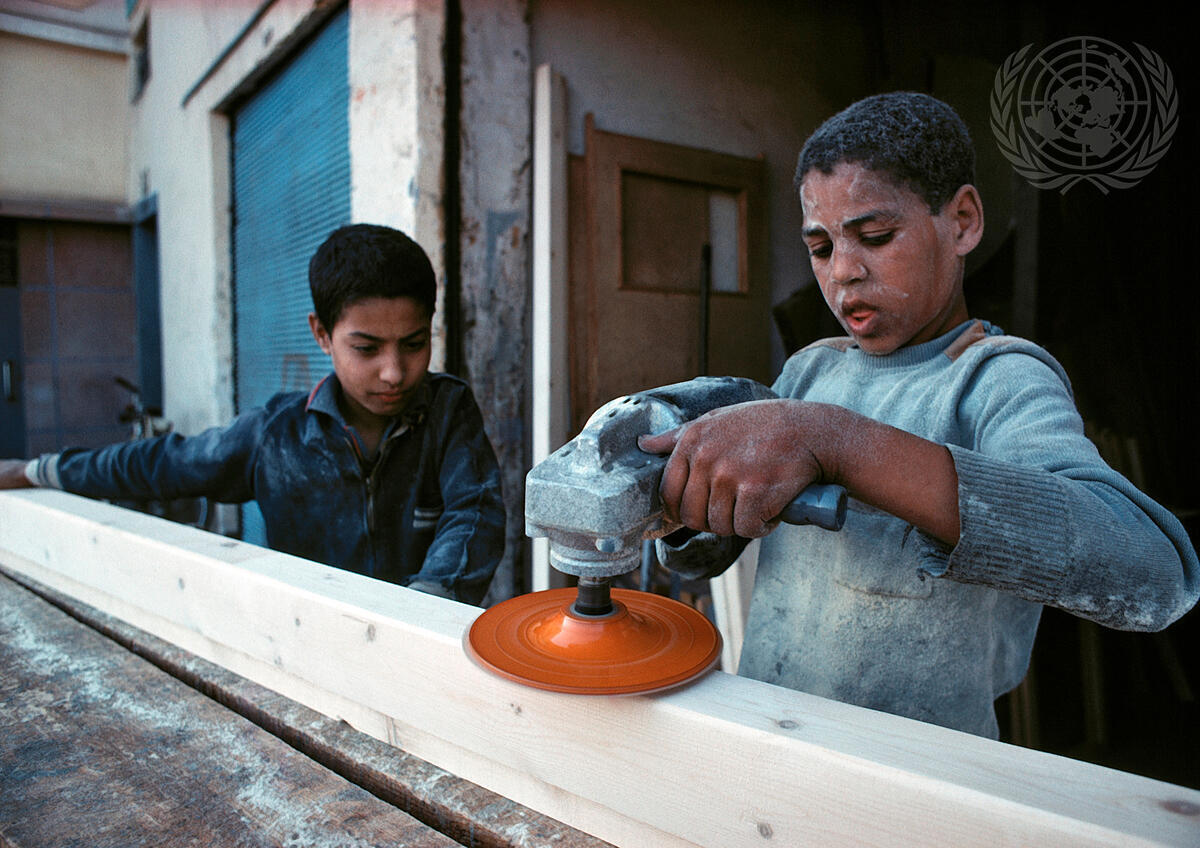Save the Children Report 2024: child trafficking in Italy, an invisible but alarming phenomenon

Table of Contents
- The number of child trafficking in Italy
- The different forms of exploitation
- The historical roots of child trafficking in Italy
- Victims' testimonies
- Italian legislation against child trafficking
- Strategies to counter the phenomenon
- Conclusion
Trafficking in human beings has become one of the most serious violations of fundamental rights in recent years, affecting millions of people around the world. Among the most vulnerable victims are children, who are often forced to undergo forms of sexual, labour and criminal exploitation. Italy, due to its geographical position and its role in the reception of migrants, is a focal point of this phenomenon, with hundreds of children and adolescents involved every year. Save the Children’s report "Piccoli Schiavi Invisibili 2024" offers a detailed picture of the Italian situation, highlighting alarming data and proposing concrete solutions to counter this social scourge.
The number of child trafficking in Italy
According to the report, globally there are about 50 million people trapped in modern forms of slavery, of which more than 12 million are children. In Europe, between 2017 and 2021, around 29,000 victims of trafficking for sexual and labour exploitation were registered, 16% of whom were minors. Italy is no exception to this trend. In the first five months of 2024 alone, the National Hotline for Assistance to Victims of Trafficking made 1,150 new assessments, 62 of which concerned minors, mainly boys between 16 and 18 years old. However, these numbers are only the tip of the iceberg. The clandestine nature of the phenomenon and the difficulty in tracing the victims make it impossible to estimate the real extent of the problem with precision. Many exploited children escape official statistics, remaining trapped in a reality of violence and deprivation.
The different forms of exploitation
The report highlights various forms of exploitation that affect child victims of trafficking in Italy. Sexual exploitation is the most widespread form and mainly involves female adolescents, often from Nigeria and Eastern Europe. These girls are deceived with false promises of work and then forced into prostitution under threats and violence. Another widespread form of exploitation is forced begging and the use of children in criminal activities. Children and adolescents, as young as 11-12 years old, are forced to beg in the streets of Italian cities or are employed in illegal activities such as theft and drug trafficking. These are often children of Roma, African or Asian origin, exploited by criminal networks that control their every movement. Forced labour is another dramatic reality, with many children employed in inhumane conditions in the agricultural and livestock sectors, subjected to exhausting shifts and low wages. Although more difficult to document, there are also reports of children involved in trafficking in illegal international adoptions and, in some cases, the black market for organs.
The historical roots of child trafficking in Italy
Human trafficking has deep roots in Italian history. Already in the 19th century, Italy was the scene of child exploitation, with children forced to work in sulphur mines in Sicily or in factories in the North. With the advent of globalisation and modern migration, trafficking has taken on new forms, often linked to transnational criminal organisations. In the 1990s, as immigration from the Balkans and Africa increased, the phenomenon of child trafficking grew dramatically. Organised crime began to exploit the vulnerabilities of unaccompanied foreign children, involving them in illegal activities or forcing them into prostitution.
Victims' testimonies
Behind the numbers are stories of pain, but also of hope. An emblematic testimony is that of Precious, a 19-year-old Nigerian girl, who escaped from a forced marriage and ended up in the hands of traffickers who forced her into prostitution in Italy. After years of suffering, she managed to escape her tormentors and rebuild her life thanks to the support of humanitarian organisations. Stories like his show that it is possible to get out of this nightmare, but that a stronger commitment is needed to prevent and protect children from similar destinies.
Italian legislation against child trafficking
Italy has adopted several laws to combat trafficking in children. Among the main regulations we find Law 228/2003, introduced to combat human trafficking and protect victims, and Article 600 of the Penal Code, which punishes anyone who reduces a person into slavery or servitude. In addition, the National Anti-Trat Plan includes strategies for prevention and protection of victims. Despite these tools, the challenges remain enormous. Many children do not report for fear of retaliation or lack of trust in institutions.
Strategies to counter the phenomenon
To effectively tackle child trafficking in Italy, the report suggests some key strategies. It is essential to strengthen the protection system, ensuring adequate reception for children at risk and offering them psychological, educational and legal support. At the same time, there is a need to step up controls and crackdowns on criminal networks, by stepping up investigations and operations against groups that exploit children and by imposing tougher penalties for traffickers. Raising public awareness is another key element: information campaigns aimed at civil society need to be promoted to raise awareness on this issue. Finally, international cooperation is essential to counter transnational trafficking networks and improve coordination between the various countries involved. The training of social workers and law enforcement officers is also crucial, so that they can recognise signs of exploitation and take early action.
Conclusion
Child trafficking is a dramatic reality that requires urgent and decisive action. The data presented by the report "Piccoli Schiavi Invisibili" confirms that Italy is a country particularly exposed to this phenomenon and that institutional responses must be strengthened. Protecting children from trafficking is not only a moral duty, but a necessity to ensure their future free of violence and exploitation. Only by coordinated action between governments, non-governmental organisations and civil society will it be possible to put an end to this modern form of slavery.

